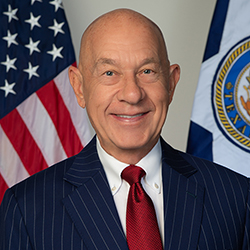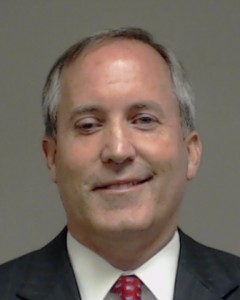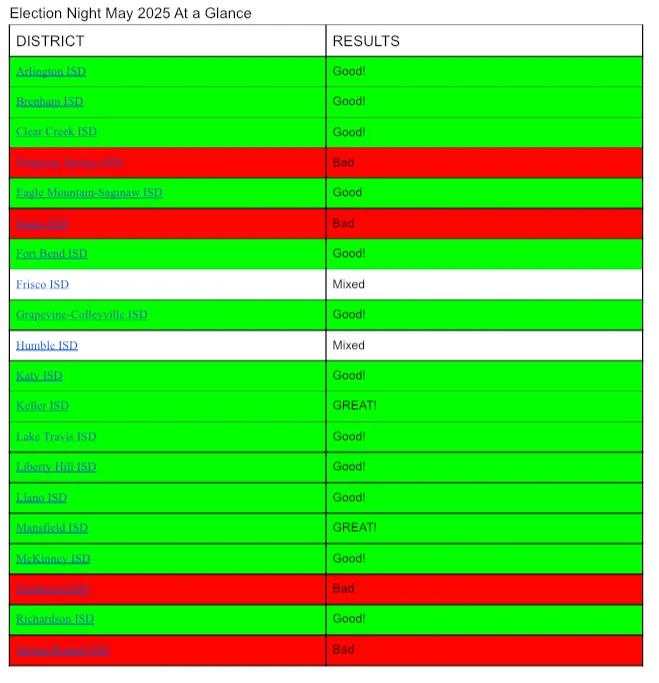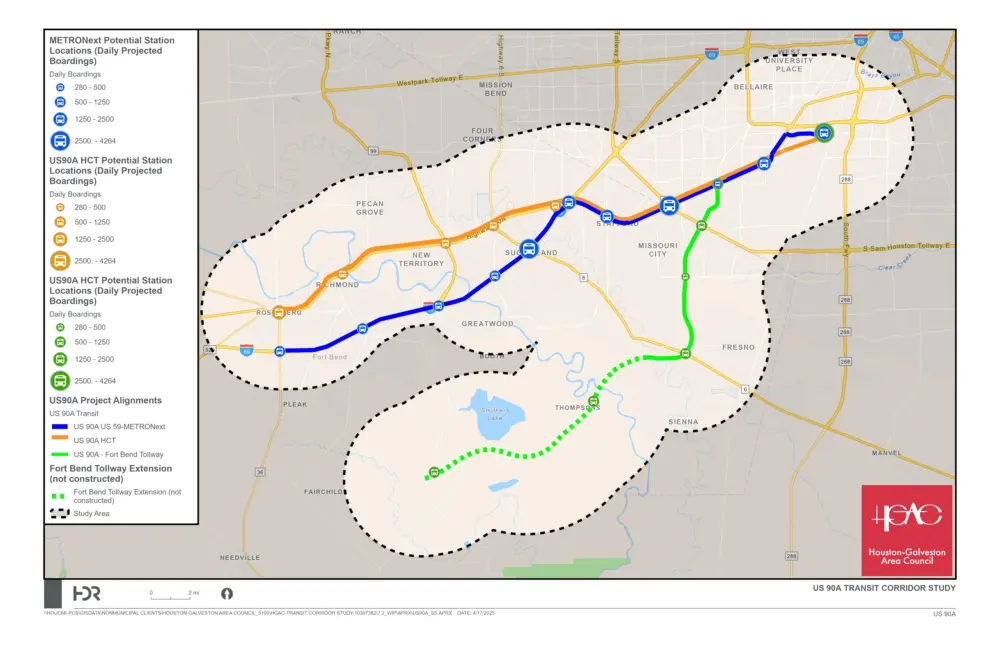The Trump administration’s steep staff cuts at the National Oceanic and Atmospheric Administration (NOAA) triggered shutdowns of several climate-related programs Thursday.
Perhaps most notably, the NOAA announced it would be shuttering the “billion-dollar weather and climate disasters” database for vague reasons. Since 1980, the database made it possible to track the growing costs of the nation’s most devastating weather events, critically pooling various sources of private data that have long been less accessible to the public.
In that time, 403 weather and climate disasters in the US triggered more than $2.945 trillion in costs, and NOAA notes that’s a conservative estimate. Considering that CNN noted the average number of disasters in the past five years jumped from nine annually to 24, shutting down the database could leave communities in the dark on costs of emerging threats. All the NOAA can likely say is to continue looking at the historic data to keep up with trends.
“In alignment with evolving priorities, statutory mandates, and staffing changes, NOAA’s National Centers for Environmental Information (NCEI) will no longer be updating the Billion Dollar Weather and Climate Disasters product,” NOAA announced. “All past reports, spanning 1980-2024, and their underlying data remain authoritative, archived, and available,” NOAA said, but no data would be gathered for 2025 or any year after.
According to NCEI’s FAQ, every state has experienced at least one billion-dollar disaster since 1980, while some states, like Texas, have been hit by more than 100. The Central, South, and Southeast regions of the US are most likely to be hurt most by the data loss, as those regions “typically experience a higher frequency of billion-dollar disasters,” the FAQ said.
Shutting the database down now seems like a bad idea, since the FAQ confirmed “the number and cost of disasters are increasing over time” due to factors like people building larger or cheaper properties in vulnerable areas and “changes in the frequency of some types of extremes that lead to billion-dollar disasters.” Those include notable rises in vulnerability to “drought, lengthening wildfire seasons in the western states, and the potential for extremely heavy rainfall becoming more common in the eastern states,” the FAQ said.
Previously, the FAQ noted, this database also helped monitor socioeconomic vulnerabilities, helping communities plan to avert future harms by comparing county extreme weather risk scores with county data on minority or elderly populations, as well as populations living with a disability or below the poverty line.
Although the database purported to have “no focus on climate event attribution,” its tracking appeared to conflict with Trump orders prohibiting DEI and undoing climate initiatives, alongside other crippling cuts to science. CNN dubbed the database’s closure “another Trump-administration blow to the public’s view into how fossil fuel pollution is changing the world around them and making extreme weather more costly.”
We better not have a disaster this year, and not just because we won’t be able to put it into context. There’s more bad stuff than that.
Within the past few days:
- The interim head of the Federal Emergency Management Agency, which provides disaster relief and assists local and state agencies with response and recovery efforts, was ousted Thursday after testifying before Congress that he did not agree with proposals to dismantle the organization.
- The National Oceanic and Atmospheric Administration on Thursday announced it would no longer update its “billion-dollar weather and climate disasters” database that has allowed the public to track the cost of extreme weather and climate events.
- As regional National Weather Service offices across Texas grapple with staffing cuts and unplanned vacancies, three Houston-area members of Congress are seeking answers from administration officials.
Because these federal agencies guide and assist state and local agencies and individual Texans during disasters, any instability in leadership or staffing gaps could leave us more vulnerable when the next major hurricane hits Houston or the Texas Gulf Coast.
Cameron Hamilton, a former Navy SEAL who has only run FEMA for a few months, had told a House Appropriations subcommittee on Capitol Hill Wednesday that he was concerned that the agency had “evolved into an overextended federal bureaucracy, attempting to manage every type of emergency no matter how minor,” the Associated Press reported.
But Hamilton said he did not agree with President Donald Trump’s proposals to end FEMA.
“I do not believe it is in the best interest of the American people to eliminate the Federal Emergency Management Agency,” he told Congress.
Last July, after Hurricane Beryl caused the death of dozens of Texans and left millions in Southeast Texas without power, FEMA played its familiar role in Texas as a partner in local recovery efforts and benefactor. Since 2017, Texas has received $18.6 billion in FEMA funding, more than any other state except Florida.
But later in the year, as Trump campaigned for president, he repeatedly criticized FEMA and, in particular, its response in North Carolina after Hurricane Helene. Trump not only falsely accused the Biden administration of shifting money for disaster relief to undocumented migrants, but also suggested that states, not the federal government, should manage hurricanes, wildfires, tornadoes and other crises alone.
The Department of Homeland Security, which oversees FEMA, named David Richardson, a former Marine Corps officer who served in Afghanistan, Iraq and Africa, to run FEMA for now. He had been serving as the DHS assistant secretary for countering weapons of mass destruction.
The upheaval in leadership, as well as job cuts, at FEMA comes as the nation, led by Florida and Texas, has been experiencing increasing numbers of large-scale natural disasters. Former FEMA chief of staff Michael Coen told the Chronicle’s James Osborne in February that without leadership and proper staffing, the disaster response system that has helped rebuild the Gulf Coast for decades could be overwhelmed by a major hurricane.
“To diminish FEMA and these other agencies at a time they’re challenged by the increased frequency and severity of storms will leave this administration in jeopardy,” said Cohen, who left FEMA in January. “States are relying on these programs for guidance and approval. I don’t know how that money would get administered if you don’t have the staff.”
I got nothing. There’s going to be a disaster sooner or later, the federal response to it is going to be completely fucked up, and the only upside, as grim and horrible as it is to contemplate, is that it might be another 16-ton weight on Donald Trump’s approval rating. I don’t know what else to say.




















